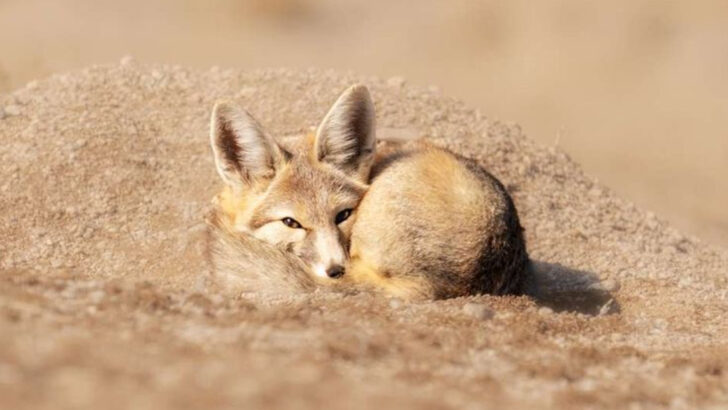The Great Basin, a vast expanse of high desert and mountain ranges, is a treasure trove of biodiversity.
Its unique environment hosts an array of fascinating wildlife, some of which are rarely seen elsewhere.
From the shadowy depths of its caves to the sunny heights of its peaks, these creatures have adapted to thrive in this harsh, yet beautiful landscape.
Let’s explore fifteen extraordinary animals that call the Great Basin home, each with its own captivating story and role within this intricate ecosystem.
Pygmy Rabbit
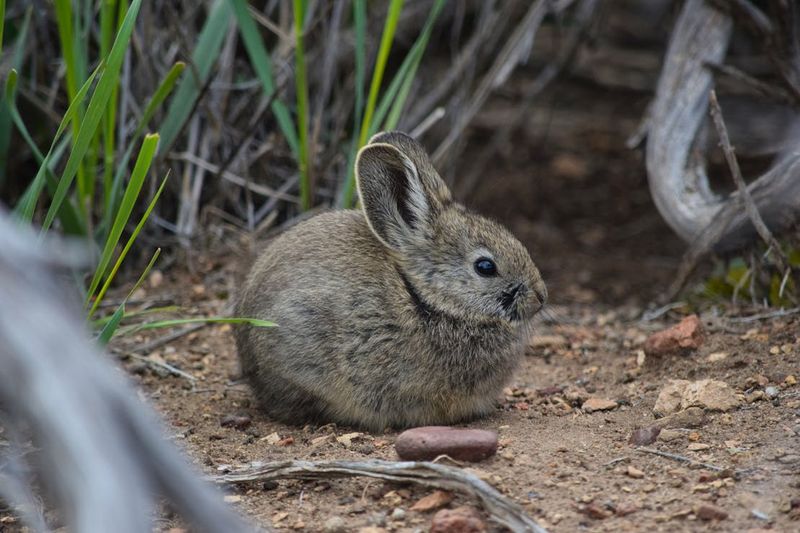
Tiny and elusive, the Pygmy Rabbit is the smallest rabbit in North America. It thrives in the dense sagebrush of the Great Basin, where its greyish-brown fur blends perfectly with the surroundings.
This rabbit rarely ventures far from its burrow, preferring the safety of dense vegetation. Despite its size, it plays a crucial role in the ecosystem as both prey and a seed disperser.
In winter, its coat thickens, providing necessary warmth against the harsh cold. Fun fact: unlike other rabbits, pygmy rabbits dig their own burrows, showcasing their excellent digging skills.
Long-eared Owl
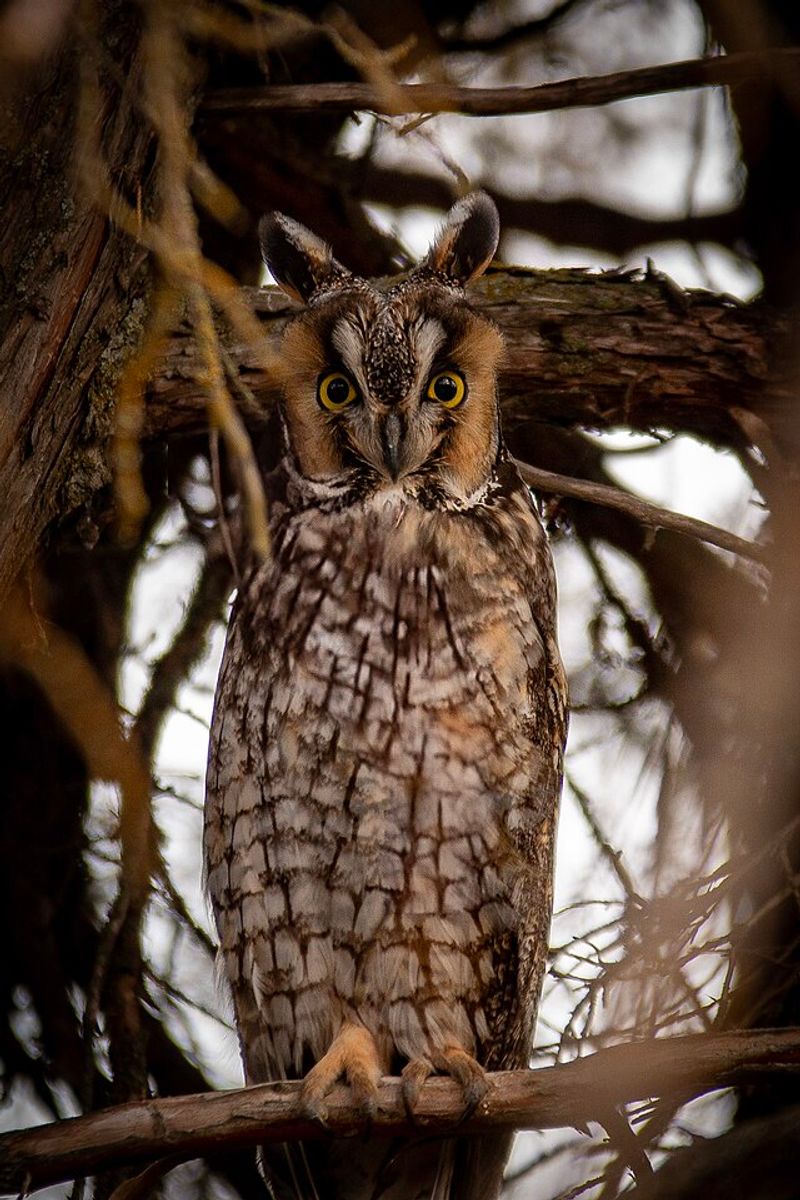
With its striking ear tufts and piercing eyes, the Long-eared Owl is a master of stealth in the Great Basin. These owls are nocturnal hunters, preying on small mammals and birds.
Their silent flight and acute hearing make them formidable predators. During the day, they roost in dense foliage, camouflaging seamlessly with the environment. Winter sees them traveling in small groups, unlike their solitary summer habits.
A fascinating aspect: these owls use abandoned nests of other birds, showcasing their adaptability and resourcefulness in finding a home.
Desert Tortoise
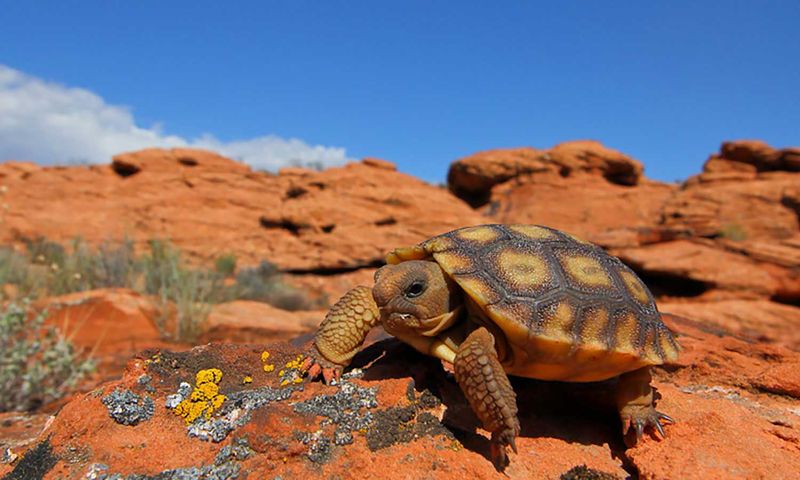
Slow and steady, the Desert Tortoise is an iconic inhabitant of the Great Basin. It spends most of its life in burrows to escape the extreme temperatures.
During the spring, it emerges to feast on grasses and flowers. This tortoise has a high-domed shell and elephantine legs, perfectly adapted for its arid habitat.
It can go for a year without water, relying on the moisture in its food. An intriguing fact: Desert Tortoises can live up to 80 years, embodying resilience and longevity in harsh conditions.
Mountain Lion
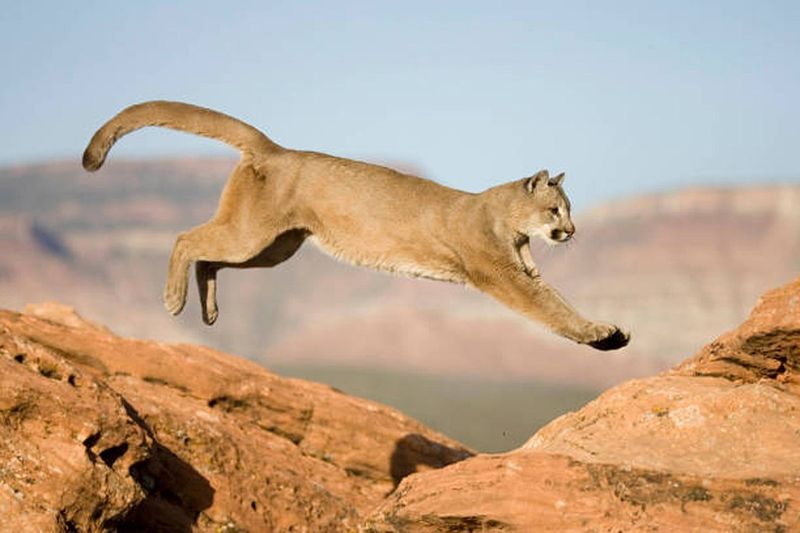
Silent and secretive, the Mountain Lion reigns as the top predator in the Great Basin. These solitary animals are mostly nocturnal, hunting deer and other mammals.
Their powerful limbs enable them to leap great distances, and their keen sight allows hunting in near darkness. Mountain Lions are territorial, often covering vast areas in search of prey. They are also known as cougars or pumas, adding to their mystique.
Despite their formidable presence, they avoid humans, preferring the solitude of their rugged domain.
Great Basin Rattlesnake
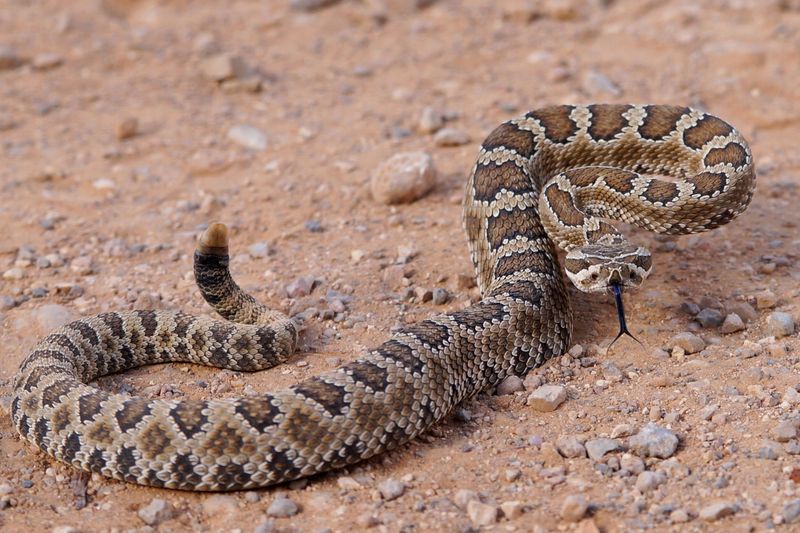
Venomous and vibrant, the Great Basin Rattlesnake is a key part of the desert ecosystem. Its distinctive rattle serves as a warning to potential threats.
This snake preys on small mammals and birds, using its venom to subdue them. In cooler months, it hibernates in communal dens. Its coloration provides excellent camouflage among rocks and vegetation, making it a stealthy hunter.
Fascinatingly, the rattlesnake’s rattle is made of keratin, the same material as human hair and nails, and grows with each shedding of its skin.
Pronghorn Antelope
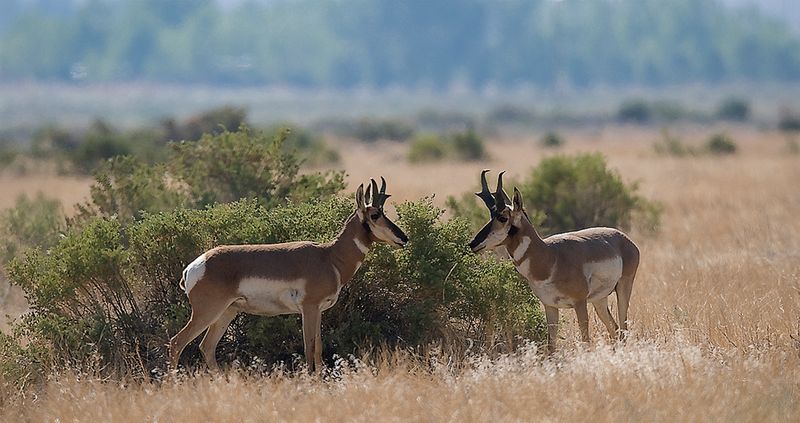
Renowned for its speed, the Pronghorn Antelope is the fastest land animal in North America. It can reach speeds up to 55 mph, an adaptation for escaping predators.
Pronghorns have large eyes, providing excellent vision to spot threats from afar. They roam the Great Basin in herds, grazing on grasses and shrubs. Uniquely, they are not true antelopes, as their name suggests, but are more closely related to giraffes.
Their incredible speed and endurance make them a symbol of freedom and agility across the vast landscapes.
Canyon Bat
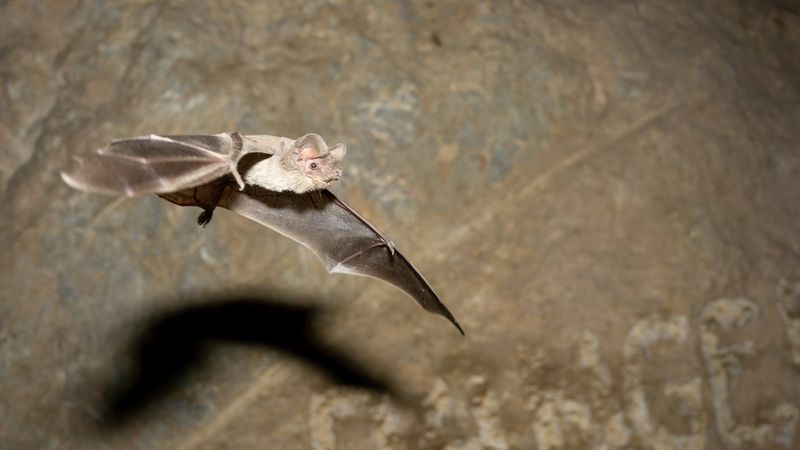
Tiny and agile, the Canyon Bat is a nocturnal insectivore of the Great Basin. Emerging at dusk, it flits through the air in search of moths and beetles.
These bats inhabit rocky crevices and caves, using echolocation to navigate the night. During the colder months, they hibernate, conserving energy until spring. Despite their small size, Canyon Bats play a vital role in controlling insect populations.
A quirky fact: they are among the smallest bats in North America, with a wingspan of just 8 inches, yet they are skilled hunters.
Mule Deer
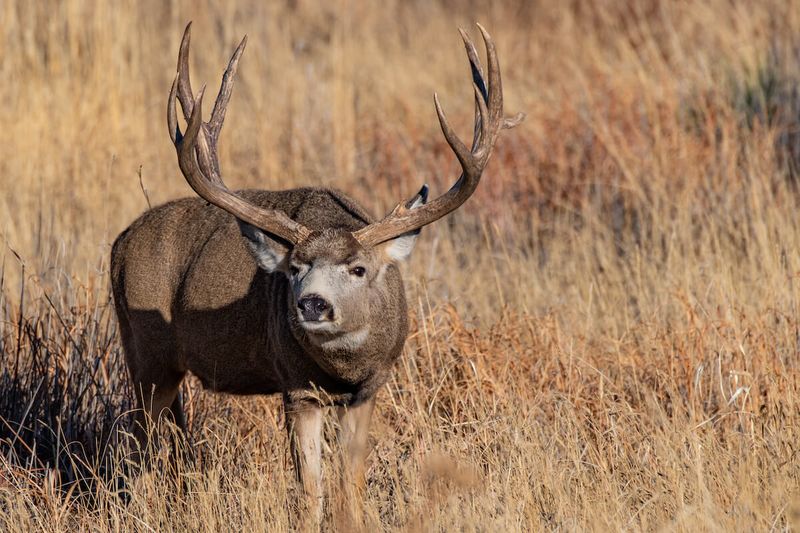
Known for their large, mule-like ears, Mule Deer are a common sight in the Great Basin. These graceful creatures travel in herds, browsing on shrubs, grasses, and leaves.
Their large ears not only enhance their hearing but also help regulate body temperature. During winter, they migrate to lower elevations in search of food. Mule Deer are vital to the ecosystem, supporting predators like Mountain Lions.
An interesting tidbit: their bounding leap, called stotting, is a unique adaptation for navigating uneven terrain with speed and agility.
American Pika
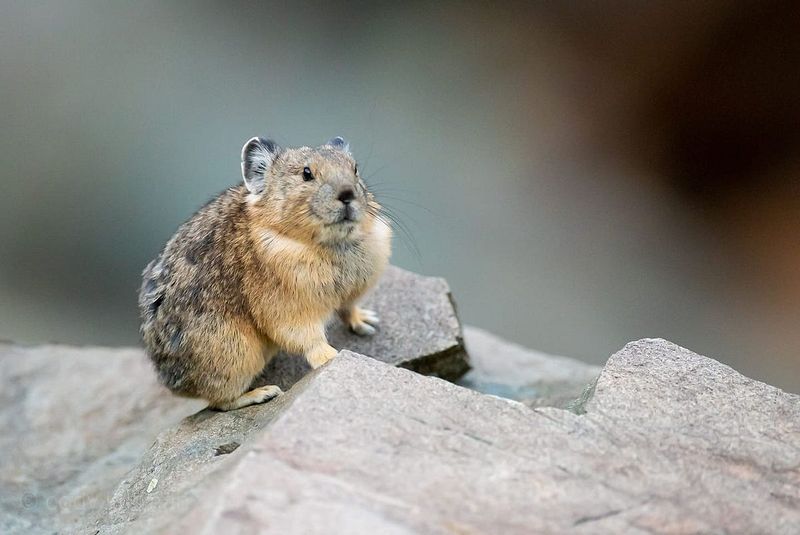
Cute and industrious, the American Pika is a small mammal found in the rocky slopes of the Great Basin. Known for its distinctive calls, it gathers grasses and flowers to store for winter.
Pikas do not hibernate but rely on these food caches to survive the cold months. They are sensitive to temperature changes, making them indicators of climate change. Despite their small size, Pikas are fearless defenders of their territory.
Fun fact: these creatures are related to rabbits and hares, and their persistent activity is a marvel of nature.
Western Fence Lizard
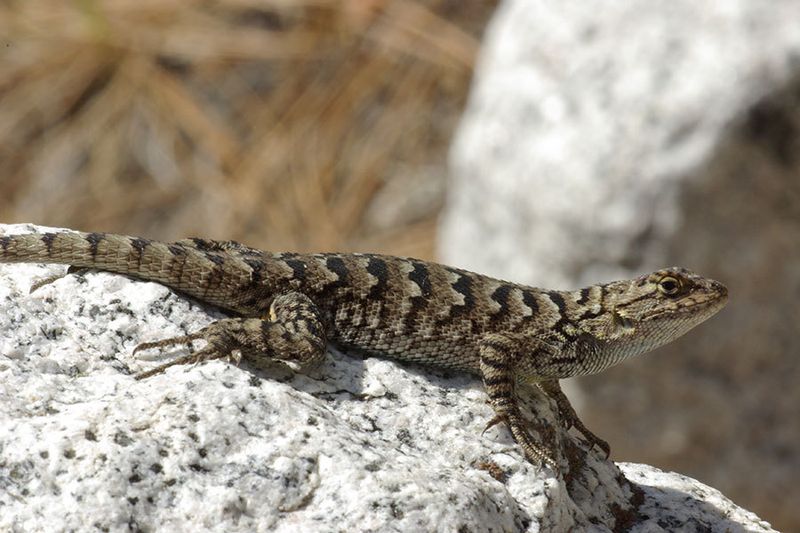
Commonly seen sunning themselves on rocks, Western Fence Lizards are a vibrant part of the Great Basin’s fauna. Their blue belly scales are a distinctive feature, often shown during territorial displays.
These lizards feed on insects, playing a role in pest control. During colder months, they brumate, a form of hibernation. Interestingly, their presence benefits humans: the protein in their blood helps reduce Lyme disease in ticks.
This reptile’s small size belies its ecological importance, showcasing nature’s intricate balance.
Golden Eagle
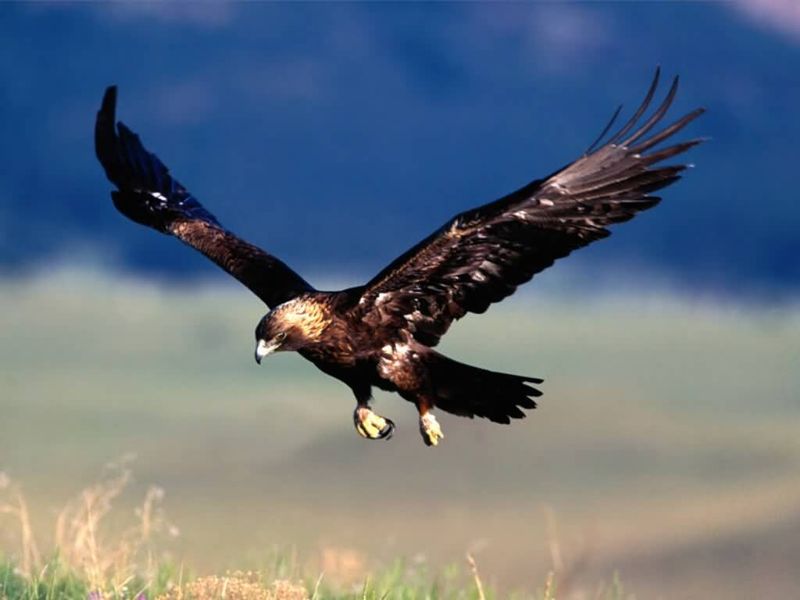
With a commanding presence, the Golden Eagle is one of the most revered birds in the Great Basin. These powerful raptors hunt a variety of prey, from rabbits to snakes, using their keen eyesight and impressive speed.
Golden Eagles prefer open terrain where they can soar and spot their quarry from great heights. Their nests, built on cliffs, are reused year after year.
These birds symbolize strength and freedom, often holding cultural significance for indigenous peoples. The majesty of a Golden Eagle in flight is a breathtaking sight to behold.
Bighorn Sheep
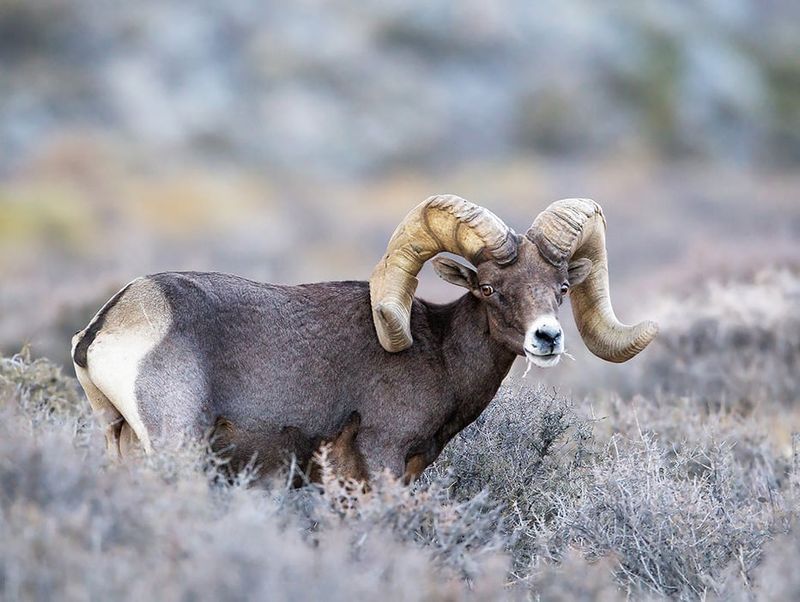
Majestic and sure-footed, Bighorn Sheep are adept at navigating the rocky terrain of the Great Basin. Males boast impressive curved horns, which they use for dominance battles during the mating season.
These sheep graze on grasses and shrubs, often in rugged and steep areas. They have keen eyesight, essential for spotting predators like Mountain Lions. Bighorn Sheep’s ability to thrive in such harsh environments showcases their resilience.
An enduring symbol of wilderness, their presence adds to the rugged beauty of the landscape.
Western Tanager
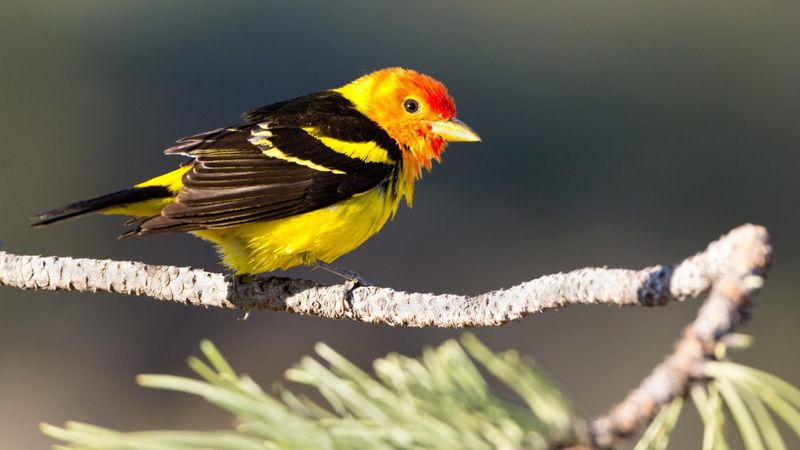
Vibrant and melodic, the Western Tanager brings a splash of color to the Great Basin. Males are particularly striking with their bright red heads and yellow bodies, a contrast to the muted desert tones.
These birds migrate from Central America to breed in the summer months. Their diet consists of insects and fruit, contributing to seed dispersal.
The Western Tanager’s song is a cheerful addition to the arid landscape. A delightful fact: despite their tropical appearance, they thrive in the cooler climates of the Great Basin, a testament to nature’s adaptability.
Kit Fox
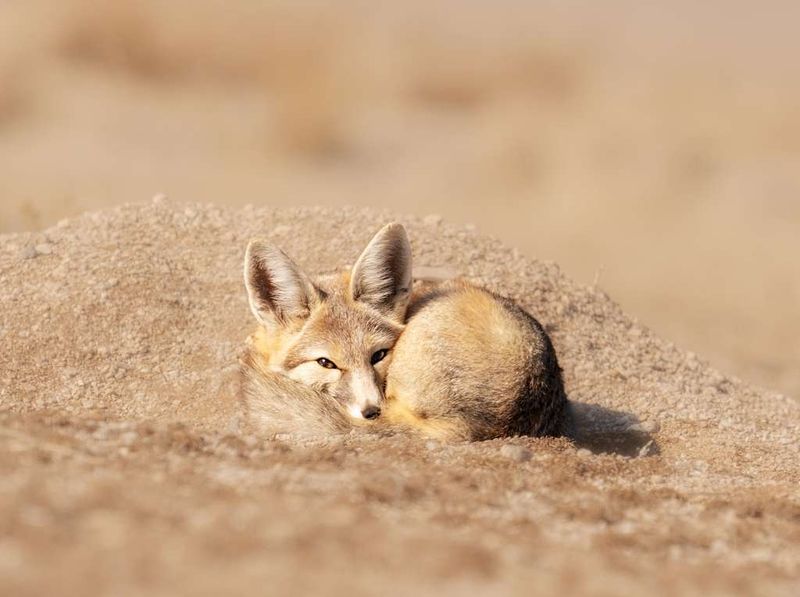
Endearing and elusive, the Kit Fox is a nocturnal creature of the Great Basin. Known for its large ears and bushy tail, it is well adapted to desert life.
Kit Foxes hunt primarily at night, preying on rodents and insects. They are excellent diggers, creating burrows for shelter and raising young. During the day, they remain hidden to avoid heat and predators. Fascinatingly, Kit Foxes can survive without free-standing water, obtaining moisture from their prey.
Their presence adds a touch of mystery and charm to the desert environment.
Black Rosy-Finch
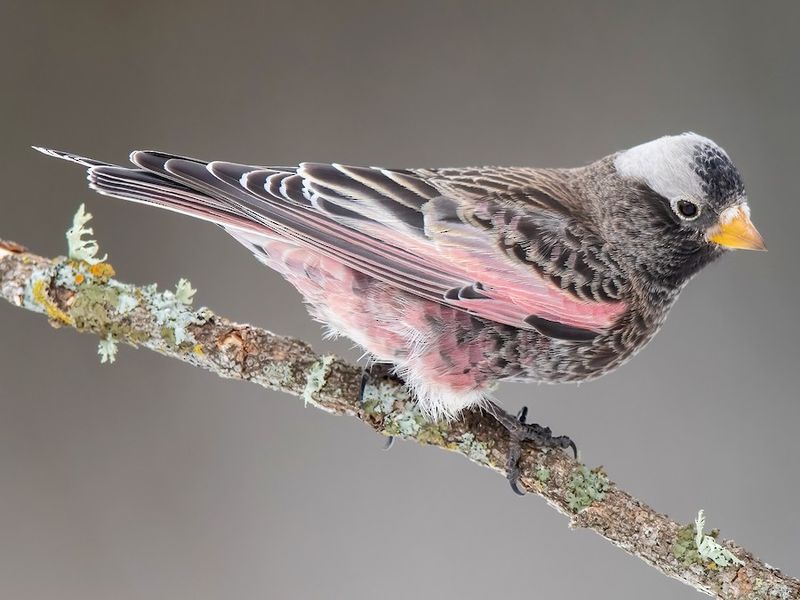
In the lofty heights of the Great Basin, the Black Rosy-Finch dances in the wind. This bird, renowned for its striking dark plumage tinged with a rosy hue, thrives in alpine environments. Encountering this elusive finch is a delight for birdwatchers, as it flits among rocky crevices and snow patches.
During winter, they descend to lower elevations, scouring the ground for seeds. Their adaptability to harsh mountain climates showcases nature’s resilience. Interestingly, these finches are known for their communal nesting habits, often found in large colonies. Such social behavior helps them withstand the cold.
Witnessing a Black Rosy-Finch in its natural habitat is a testament to the wild spirit of the Great Basin. Their presence adds a splash of color to the stark landscape, making them a cherished sight for those who venture into these remote areas.

